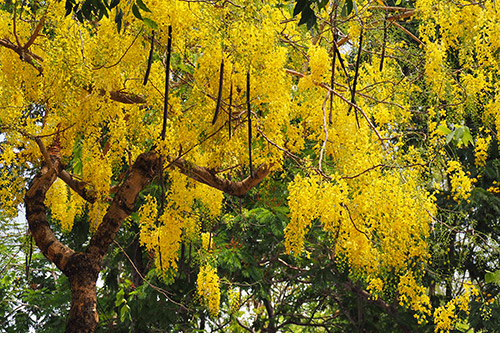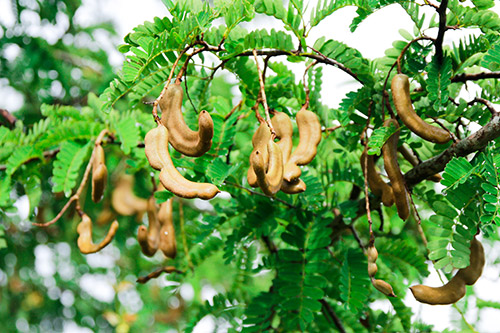
The plant is a shrub, one-half to two meters tall. It can also be found as a small or even a large tree. It grows it in India as well as in the countries surrounding the Red Sea (mostly Sudan). It has approximately 6 seeds in every pod. Its useful parts are the leaves and husks. Leaves and fruits contain 2-3% A, B, C & D type sennosides (senna glycosides)- with the most recognizable being A & B-, flavonoids and some polysaccharides. Leaves have a stronger action than the fruit pods. Sennosides A & B as well as their metabolism products act in the large intestine, making intestinal motility easier and faster.
History
In the 9th Century, Arab doctors used it as a strong laxative. Its use expanded fast, and the fruit pods and leaves are still used to this day as laxatives. Senna was introduced in Europe by the Arabs, who brought it to Venice in the 11th Century. However, the use of the senna leaves for therapeutic purposes became more common at the end of the Middle Ages. In modern medicine, it’s being used as a laxative since the 1950s.
It is also known as “Alexandrian leaves” because the Port of Alexandria – for hundreds of years – was its main commercial hub. Its Arab name, sanā, where the name senna derives from, means “brilliant”, probably owing to the bright yellow colour of the plant flowers. The Indian name of the leaves, “rajavriksha”, means “king of trees”.
*** Angustifolia = narrow-leaved






